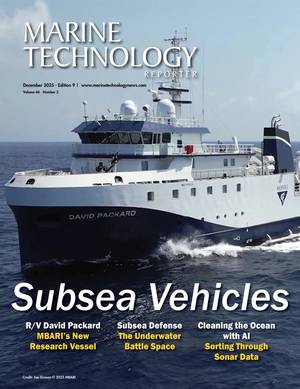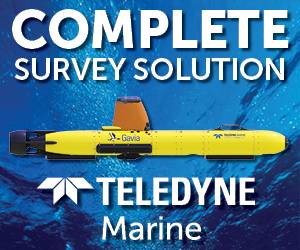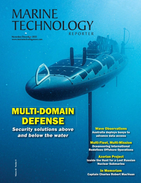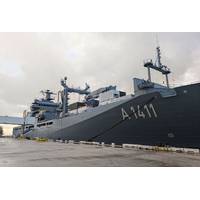
NUWC Division Newport’s AUTEC Range Performs Sensor Accuracy Test of German Ship for NATO FORACS
Test (SAT). The first part took place during an in-port phase in Miami, Florida, followed by two days at sea on AUTEC’s precision tracking range in the Bahamas. The NFA team embedded aboard the ship to install test equipment and measure the performance of radars, optical sensors, inertial navigation systems and laser range finders.The NATO FORACS ranges are located in Andros Island in the Bahamas, the city of Stavanger in Norway and Souda Bay, Greece. The program ensures that an allied ship can be evaluated at any of the three sites and produce consistent results across the board —

Silicon Sensing, Kongsberg Discovery Join Forces to Develop Gyro Technology
control.This agreement will merge the engineering skills of both companies to speed the evolution of products within each company. Kongsberg will use developments to enhance their next generation of high-performance systems—including Attitude and Heading Reference Systems (AHRS) and Inertial Navigation Systems (INS). Silicon Sensing will use these outcomes to benefit its precision Micro Electro-Mechanical Systems (MEMS) inertial measurement units (IMUs), gyros and accelerometers.The ambition for Silicon Sensing and Kongsberg Discovery is to achieve ‘navigation-grade’ performance

Quantum Sensing Beats GPS-Denied Navigational Challenges
and the South China Sea,” says Michael J. Biercuk, CEO and Founder of Q-CTRL.Additionally, the adoption of autonomous systems and vessels is hampered by the unreliability of GPS.Standard navigation systems rely on GPS, with mission-critical systems using the dead reckoning provided by inertial navigation systems as a back-up. However traditional inertial navigation systems using gyros and accelerometers need on-site calibration and are prone to drift over time unless they can correct from beacons in their area of operation.Magnetic-anomaly navigation (MagNav) aims to overcome this by providing
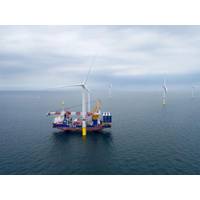
Inertial Navigation System to Boost Wind Turbine Installation Precision
Manufacturer of advanced inertial navigation systems (INS), Exail, has secured a contract to supply three Hydrins INS to Pliant Offshore, an offshore measurement specialist.The units will be integrated into Pliant Offshore’s installation measurement system to improve the accuracy and efficiency of wind turbine installations. Pliant’s technology is designed to provide real-time measurements of the inclination and position of structures, such as monopiles, during installation. The system uses 3D point cloud technology combined with laser sensors to measure and virtually reconstruct objects

Less is More with Gyroscopes
A new generation of fiber optic gyroscopes is taking the accuracy of inertial navigation systems higher and the payload lower.A fiber optic gyroscope (FOG) can now weigh less than three kilograms, less than two kilograms even, and be less than 200mm in diameter.As their host AUVs themselves shrink, FOGs are following suit, and as the AUVs go deeper and perform a wider range of data collection tasks, FOGs continue to be part of the GNSS-denied navigational systems that enable them to do it.The FOG sensors in an inertial navigation system measure changes in orientation of the AUV to support navigation
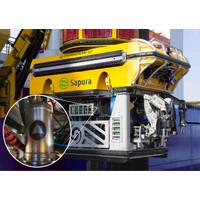
Sapura Bolsters Subsea Capabilities with Exail Rovins INS
Sapura, a Brazilian provider of subsea services, has recently acquired eight units of Exail Rovins Nano Inertial Navigation Systems (INS) to enhance its ROV capabilities in offshore installation of subsea equipment.Integrated into Sapura's fleet of remotely operated vehicles (ROV), Exail INS will help Sapura to lay flex pipes and deploy subsea hardware onto the seabed, such as templates and manifolds, rigid jumper spools or tie-in-spools.The Exai INS are said to be able to ensure highly accurate navigation down to 6000 meters.Rovins Nano, equipped with advanced sensors such as accelerometers and
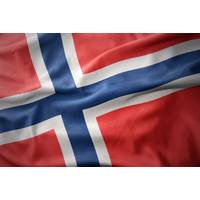
Exail Opens New Office in Norway
;With this new office, we will be able to provide increased support to our growing base of customers in Norway, and more generally, Scandinavia.”Exail noted it has won major contracts in the region over the past years, both in the civil and defense markets. This includes the sale of inertial navigation systems for Norway’s U212 submarines and Coast Guard vessels, Finland’s Multi-role corvettes, as well as Sweden A19 and A26 submarines. Exail also has partnerships with civilian Scandinavian companies such as Teledyne Gavia, Nortek and RTS
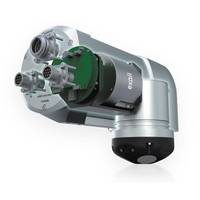
Exail Launches All-in-one INS and DVL System
Subsea inertial navigation systems (INS) manufacturer Exail has launched the Rovins 9 DVL, a new all-in-one system for subsea vehicles that combines the best of inertial navigation and Doppler Velocity Log (DVL) technologies in one tightly integrated system.Described as highly compact for easy vehicle integration, the Rovins 9 DVL all-in-one design combines, in a single housing, Exail advanced Fiber-Optic based INS with a Nortek DVL. This tight integration of raw sensor data from both INS and DVL provides operators with highly accurate position, velocity, and attitude information, even in challenging

Ashtead Technology Adds iXblue Subsea Positioning Systems to Its Rental Fleet
compact version of Gaps, a light high-performance USBL system. It offers extreme accuracy in shallow waters and horizontal tracking conditions.In addition to the Gaps M5 USBL systems, Ashtead Technology has also recently invested in several iXblue attitude and heading reference systems and inertial navigation systems, including the iXblue Rovins, Rovins Nano, Octans and Phins Surface.Brett Lestrange, Ashtead Technology’s Regional Director for Europe, said, “With over 17,000 assets in our subsea equipment rental fleet we offer one of the largest pools of subsea navigation and positioning
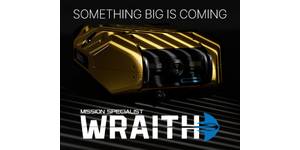
 December 2025
December 2025
